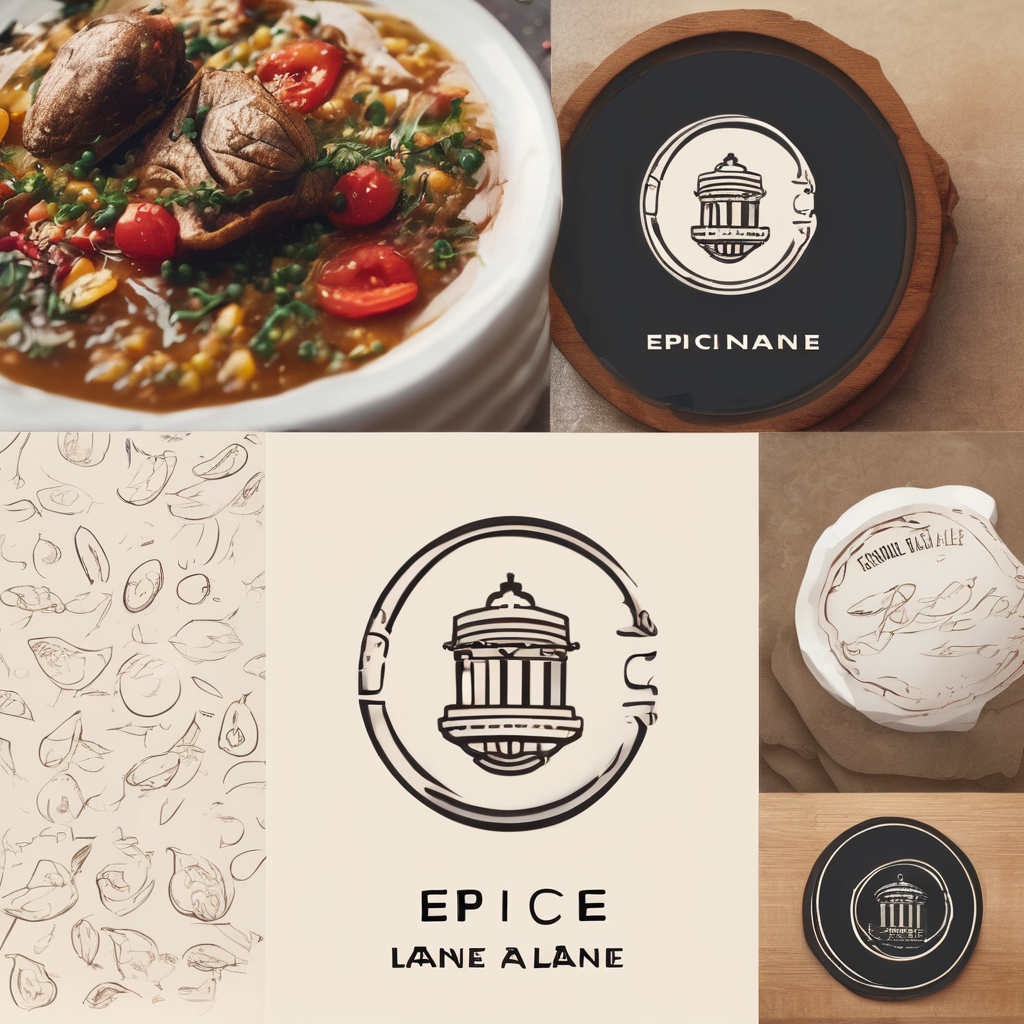Benefits of Using a Kitchen Meal Planning Whiteboard
A kitchen meal planning whiteboard serves as a valuable tool in creating meal planning benefits through enhanced organization and visual cues. By laying out meals visually, it provides clarity in meal preparation, reducing time spent deciding what to cook. It offers a strategic view of the week, making it easy to plan balanced meals and ensure nutritional variety.
Visual organization through a whiteboard offers a coherent meal planning structure that motivates and holds individuals accountable, particularly useful for weight loss motivation. By consistently tracking meals and progress, one can maintain the discipline required to meet dietary goals. This accountability encourages healthier eating habits and can even prevent last-minute unhealthy food choices.
Also to see : Revolutionize Kitchen Safety and Nutrition: Unlock the Power of UV Light Sanitizers!
Moreover, a meal planning whiteboard can be a motivational tool, reinforcing weight loss motivation and celebrating mini-achievements. There’s joy in ticking off completed meals, which subtly aids in forming consistent habits. This can also encourage everyone in the household to engage collaboratively in meal preparation.
Using a meal planning whiteboard not only aids in organizing meal preparations but also contributes meaningfully towards health and weight management goals, motivating individuals through clear and visual reminders of their dietary aspirations.
In parallel : Master Mindful Eating: Harness the Power of a Portion Control Mat to Prevent Overeating
How to Set Up Your Meal Planning Whiteboard
Setting up a meal planning whiteboard efficiently can transform your kitchen into a hub of organization and creativity. A well-organized whiteboard can significantly streamline your meal preparation process, ensuring that you make the most out of this powerful planning tool.
Choosing the Right Whiteboard Size
Selecting the appropriate size for your whiteboard is crucial. A larger board offers more space for organising daily meals, weekly grocery lists, and cooking schedules. This can be especially helpful for those with a hectic schedule or a large family. Conversely, a smaller board can be ideal for solo planners, requiring less space but still providing a clear visual overview.
Essential Sections to Include
Organise your whiteboard into specific sections for efficient meal prep. Essential headings might include “Weekly Meals,” “Shopping List,” and “Notes,” each dedicated to distinct parts of meal planning. This systematic organisation helps keep tasks clear and manageable.
Best Markers and Tools for Effective Use
Invest in high-quality dry erase markers, ideally in various colours. Different colours can highlight different categories of information, such as dietary preferences or family members’ meals, making the whiteboard organisation not only functional but also visually appealing. Additionally, magnetic meal planning kits with templates can enhance the setup, ensuring that everything remains tidy and within reach.
Creating Effective Meal Plans
To maximise the benefits of meal planning, understanding the significance of balanced meals is essential. A well-structured meal plan supports weight management by ensuring that each meal contains a good mix of macronutrients: proteins, carbohydrates, and fats. A balance across these is necessary for energy, muscle maintenance, and overall health.
Importance of Balanced Meals for Weight Management
One common question is, “How can balanced meals aid in weight loss?” The answer lies in their ability to regulate energy intake and prevent the peaks and troughs of blood sugar levels. This provides sustained energy, reducing cravings and supporting more effective weight management.
Sample Weekly Meal Plans for Weight Loss
Consider creating sample weekly plans that include varied sources of nutrients. For instance, Monday could feature grilled chicken with quinoa and vegetables, while Tuesday shifts to tofu stir-fry. Incorporating a variety of ingredients not only prevents boredom but ensures comprehensive nutrient intake.
Tips for Incorporating Variety and Seasonal Ingredients
Incorporating seasonal ingredients can enhance flavour and nutrient diversity. Try visiting local markets for fresh produce, which is often more affordable and environmentally sustainable. This practice not only enriches your meals but also makes the journey of meal planning more adventurous and resourceful.
Maintaining Consistency with Meal Planning
Achieving meal planning consistency is vital for sustaining long-term success, particularly in weight management and healthy eating habits. Establishing a routine can seem daunting, but with strategic time management and dedication, it becomes more manageable.
Strategies to Develop a Meal Planning Routine
Consistency begins with routine. Designate specific days for meal planning and grocery shopping. For instance, allocate Sunday afternoons to plan and prep for the week ahead. This proactive approach minimizes daily indecisions and encourages healthier choices.
Setting Reminders and Utilizing Technology for Support
Incorporate technology to reinforce habits. Use smartphone apps to set up daily or weekly reminders for meal prep activities. Digital calendars can help track meals planned against those consumed. This tech-driven strategy aids in developing structured patterns.
Overcoming Common Challenges and Setbacks
Despite best intentions, setbacks may happen. Common challenges include time constraints and unexpected schedule changes. To counteract these, always have a backup meal option available—such as frozen homemade meals. Flexibility within your plan ensures you stay on course, even amid hurdles.
By leveraging these strategies, forming a habit of consistent meal planning becomes achievable, simplifying daily routines and supporting personal health goals.
